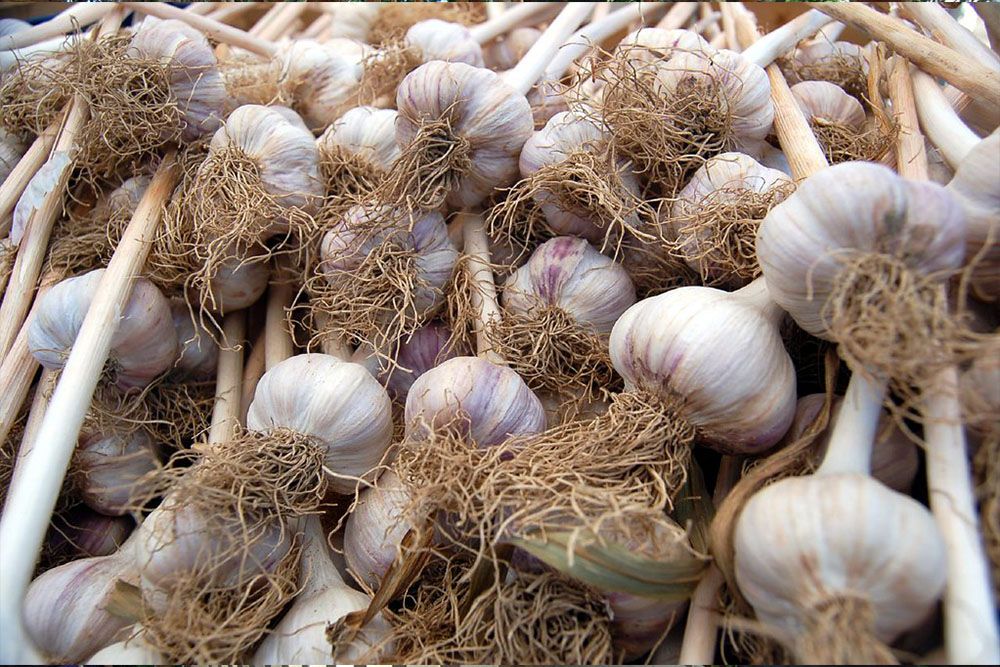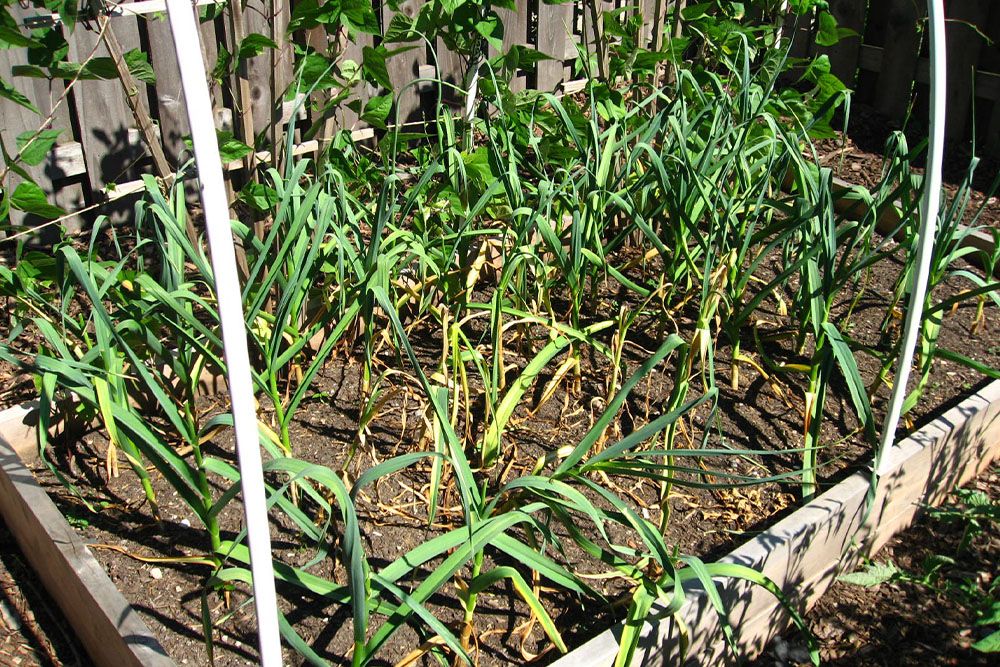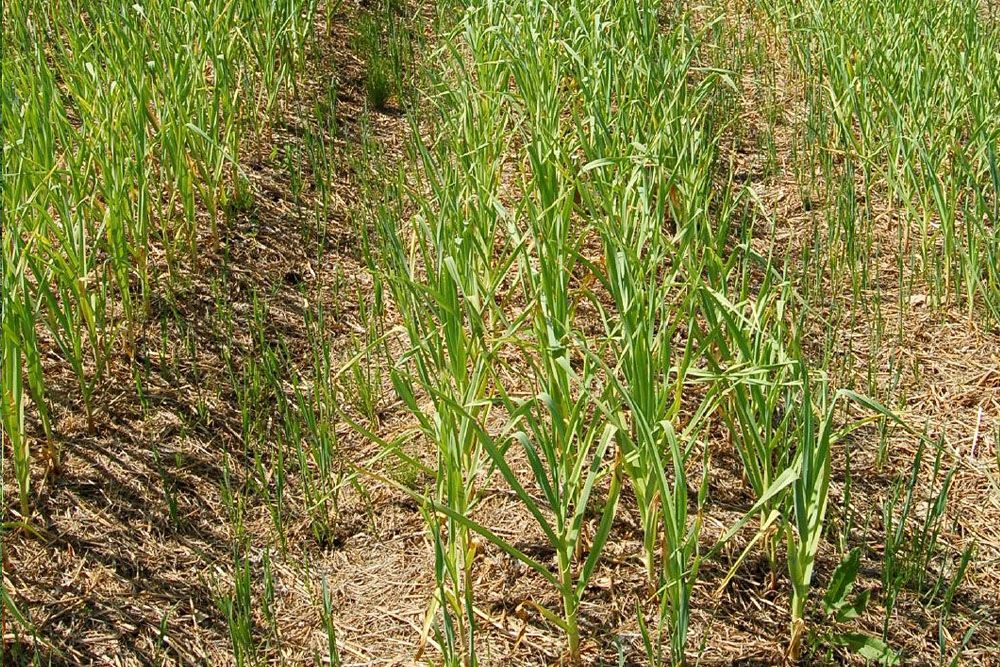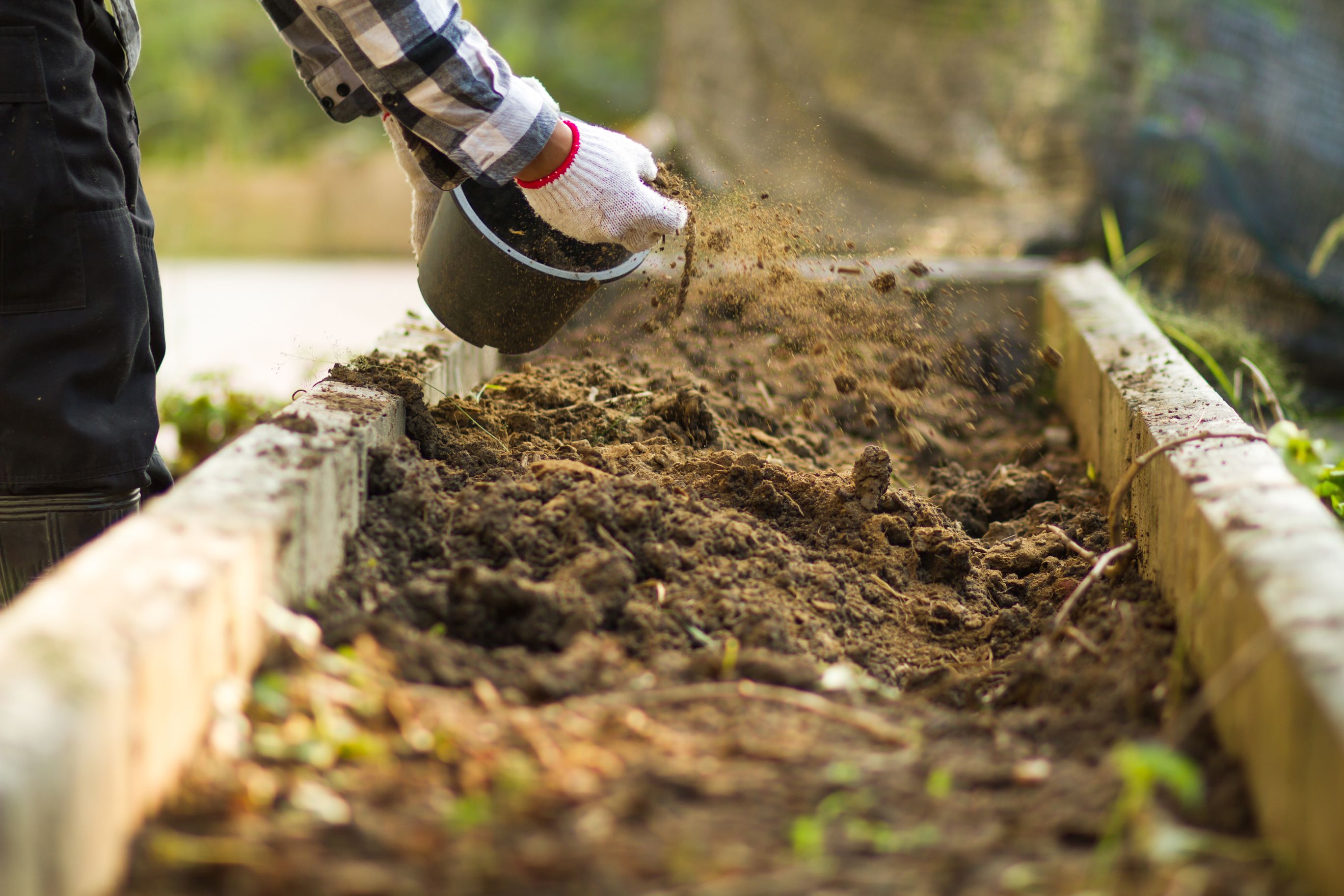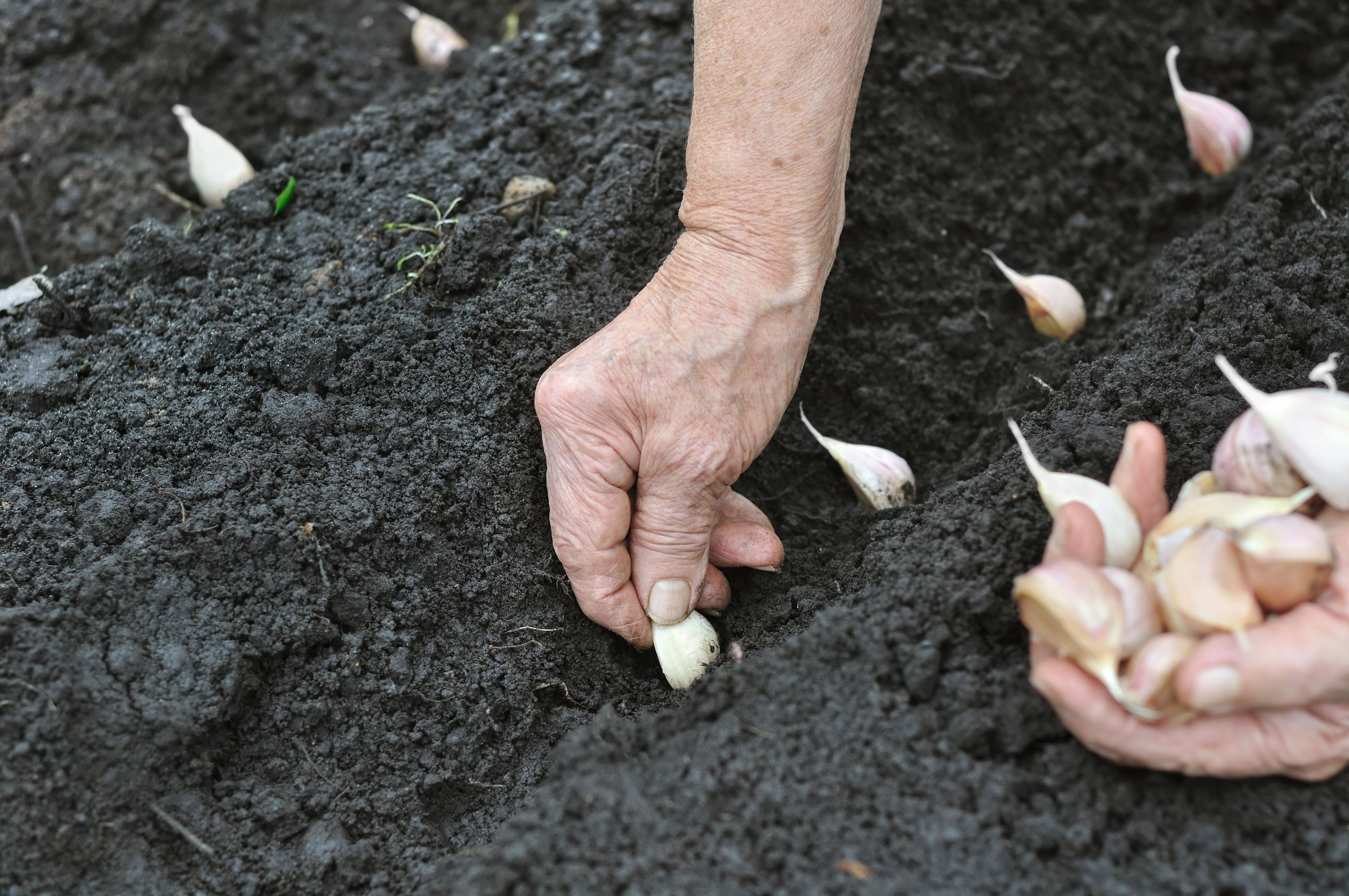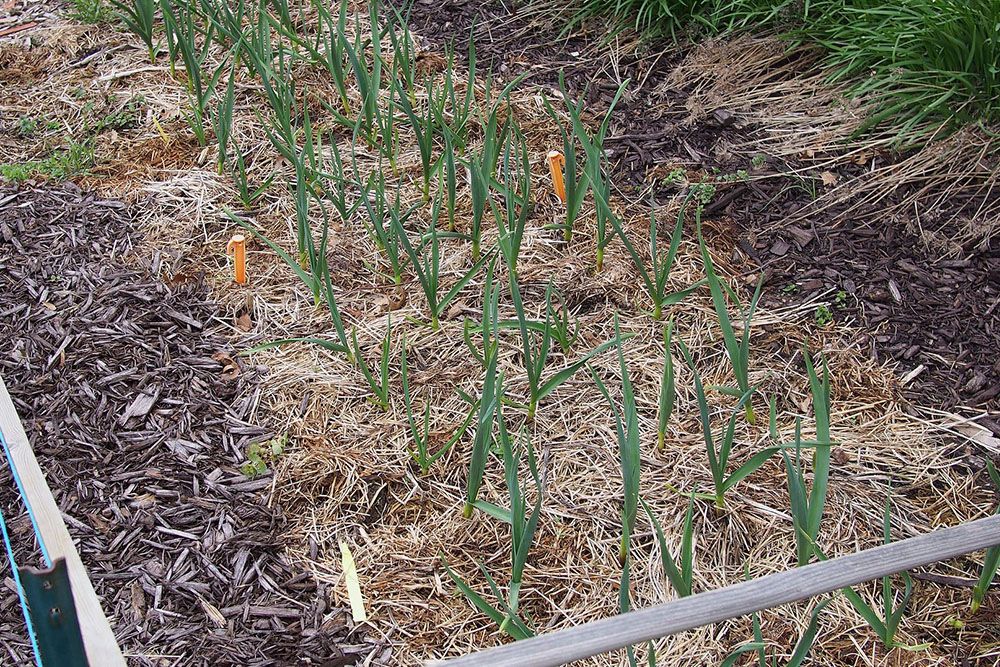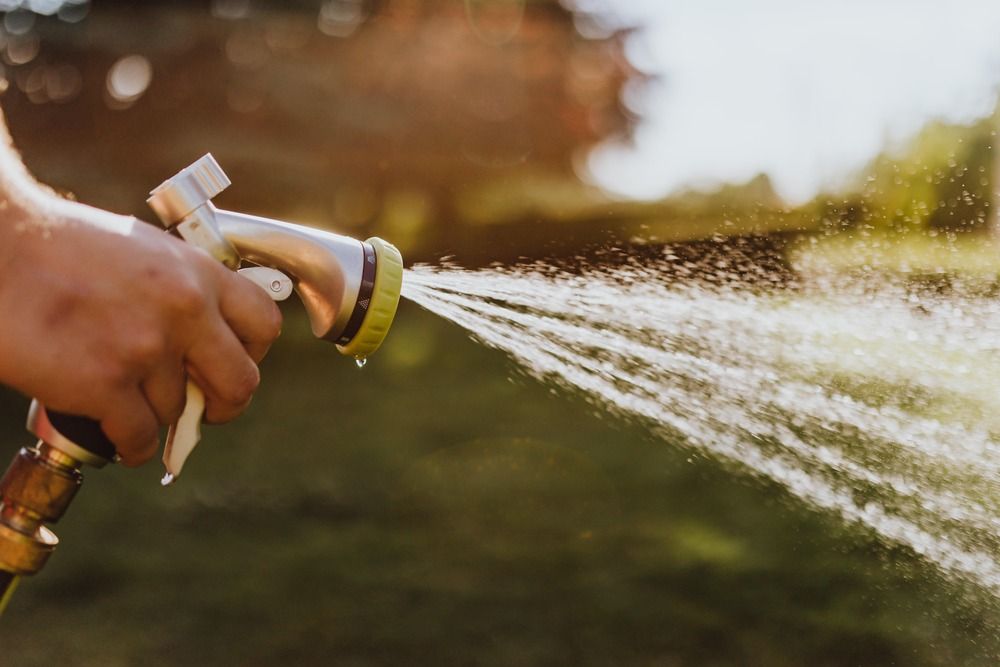Garlic, with its unmistakable aroma, stands as a favorite in many kitchens. Beyond its culinary uses, many gardeners love planting this robust crop. However, for a rewarding harvest, understanding the right planting time becomes essential.
Explore factors like regional climate, garlic varieties, and specialized planting techniques. By understanding and implementing these factors, gardeners truly maximize their garlic yield and enjoy the benefits of home-grown produce.
So, embark on this enlightening journey to discover when to introduce this allium marvel to your gardens.
Understand the Garlic Types: Hardneck vs. Softneck
Garlic comes in two primary types: hardneck and softneck. The hardneck varieties (Allium sativum var. ophioscorodon) produce larger cloves and are known for their hard central stalk. They thrive in colder climates and have a mild flavor. On the other hand, softneck garlics (Allium sativum var. sativum) are the ones you often see in supermarkets. They have a longer shelf life and a robust flavor.
Fall Planting: The Golden Rule For Colder Climates
For those in colder regions (think USDA zones 3-7), fall (late August to late October) is the optimal time to plant garlic. Specifically, it's best to aim for about 3 to 6 weeks before the first hard frost. This gives the garlic enough time to establish roots before winter, but not so much time they sprout too many green shoots above ground.
Once you plant them in the fall, the cold temperatures of winter encourage the garlic to split into individual cloves, leading to a bountiful harvest in summer.
Winter Planting: For Warmer Regions and Late Planners
If you missed the fall planting window or if you live in a warmer climate (USDA zones 7 and up), winter becomes your next best option (late October to mid-December). For winter planting, the garlic should go into the ground as soon as the soil temperatures are 50 degrees Fahrenheit.
In these zones, softneck garlic works best, as it preforms better in warmer climates.
Soil Prep Matters
Garlic thrives in soil that drains well and boasts a wealth of organic content. Before you plant, prepare the ground adequately.
Mix in 1-to-2 inches of compost or well-aged manure to give your garden bed that nutrient boost garlic craves. It's also worth noting garlic prefers a soil pH level between 6.0 and 7.0. If you're aiming for a bountiful harvest, consider testing your soil's pH. If it's outside the ideal range, make necessary adjustments using lime or sulfur.
Mind the Moon
Planting by the moon, a traditional practice many gardeners swear by, aligns planting activities with the moon's phases.
The moon's gravitational pull affects moisture in the soil, much like its influence on tides. During the waning moon — the phase between the full moon and the new moon — gravitational forces decrease, and the moonlight diminishes. This period is favorable for planting root crops, including garlic.
While scientific backing is still up for debate, if you're a fan of traditional gardening wisdom, it might be worth aligning your garlic planting with the lunar calendar just for fun.
How Deep Is Too Deep
When planting garlic, depth is key for optimum growth. Place each garlic clove, pointy end up, about 3 inches deep. This depth ensures the soil protects the cloves from temperature extremes while allowing enough space for robust root development.
Cover the cloves with soil, gently patting it down to remove air pockets. Remember, too shallow a planting might expose the cloves to frost, while planting them too deep could hinder their sprouting.
Don't Forget to Mulch
After planting your garlic, apply mulch immediately. Layer about 4 inches of grass clippings, leaves, pine needles, or seed-free straw atop your garden bed. This thick cover not only insulates the soil, keeping those tender garlic cloves protected from the cold, but it also acts as a natural barrier against pesky weeds.
When the chill of winter fades and spring ushers in warmer days, peel away some of the mulch. Doing so lets the sun warm the soil, ensuring those eager garlic shoots have the best conditions to break through.
Water Wisely
Garlic doesn't constantly crave water, but it has specific hydration needs. It's especially eager for consistent moisture when it's busy forming those juicy bulbs (spring to early summer).
To keep it happy, drench the soil with about 1 inch of water every week. Doing so keeps the ground damp, but be cautious not to overdo it — you don't want the soil turning into a swamp and rotting your garlic bulbs.
When harvest time is near (after the beginning of June), it's time to adjust. Reduce your watering frequency by half. This reduction helps the garlic bulbs firm up, preparing them for storage.
Additionally, two weeks before you plan to harvest, put your watering can away and let the soil dry out completely.
A Garlic Journey Worth Taking
Growing garlic in your garden is a delightful endeavor that rewards patience and attention to detail. By planting at the right time and taking care of the soil, water, and mulch, you're well on your way to a garlic harvest that would make a chef proud.
Are you a seasoned garlic gardener with some wisdom to share? Or perhaps you're a beginner looking for some advice? Leave a comment below and share your garlic tales and tips with the community. And don't forget to share it with your friends and family. After all, the world could use a little more garlic goodness!


